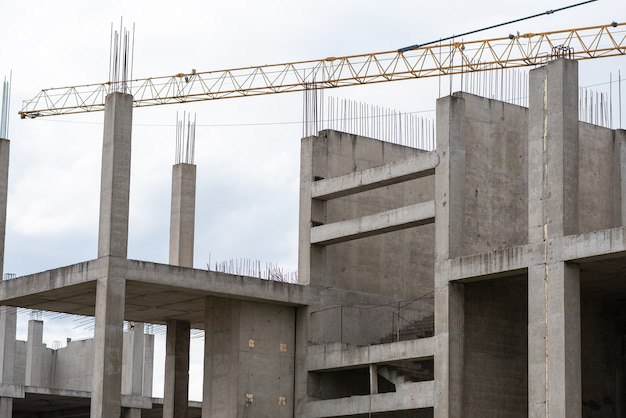Cement is one of the primary building materials used in construction, and it plays a critical role in the strength and durability of many types of structures. In this article, we will discuss everything you need to know about cement, its composition, types, uses, and advantages in construction.
What is Cement?
Cement is a binding material that is used in construction to hold different building materials together. It is a fine powder made from various raw materials, including limestone, clay, shale, sand, iron ore, and other minerals. The cement is produced through a process called hydration, which involves mixing the powder with water to form a paste that hardens and binds the different building materials together.
Composition of Cement
The primary component of cement is called Portland cement, named after the location in England where it was first produced. The production of Portland cement involves combining the raw materials mentioned above, in specific proportions, and heating them in a kiln at a high temperature of around 1450°C. The resulting clinker is then ground into a fine powder, which is the final product.

The different components of Portland cement are:
- Calcium oxide (CaO) – obtained from limestone
- Silicon dioxide (SiO2) – obtained from sand and clay
- Aluminum oxide (Al2O3) – obtained from clay and shale
- Iron oxide (Fe2O3) – obtained from iron ore

Types of Cement
There are different types of cement available in the market, each with specific properties and uses. Some of the most commonly used types of cement in construction include:
- Ordinary Portland Cement (OPC) – This is the most commonly used type of cement, and it is suitable for all general-purpose applications.
- Rapid Hardening Cement – This type of cement hardens quickly and is ideal for use in precast concrete products, where a fast turnaround time is required.
- Low Heat Cement – This type of cement generates less heat during the hydration process and is suitable for use in massive concrete structures where the heat generated during curing could cause cracks.
- Sulphate Resistant Cement – This type of cement is resistant to sulphate attacks and is ideal for use in marine structures or areas with high levels of sulphate in the soil.
- Blended Cement – This is a combination of different types of cement, such as OPC and fly ash or slag. It is used in applications where specific properties are required, such as high durability or reduced environmental impact.

Uses of Cement in Construction
Cement is used in many different applications in construction, including:
- Concrete – Cement is a key ingredient in the production of concrete, which is used in the construction of buildings, bridges, dams, roads, and other structures.
- Mortar – Cement is mixed with sand and water to produce mortar, which is used as a bonding agent between bricks, stones, and other building materials.
- Stucco – Cement is also used in the production of stucco, which is applied to the exterior of buildings as a decorative and protective coating.
- Grout – Cement is used to produce grout, which is a fluid mixture of cement, sand, and water used to fill gaps and joints in masonry and concrete.



Advantages of Using Cement in Construction
The use of cement in construction offers several advantages, including:
- Strength and Durability – Cement provides strength and durability to structures, making them resistant to wear and tear, weathering, and other forms of damage.
- Fire Resistance – Concrete structures made with cement are fire-resistant and can withstand high temperatures for an extended period.
- Cost-Effective – Cement is relatively inexpensive compared to other building materials, making it an affordable option for construction projects.
